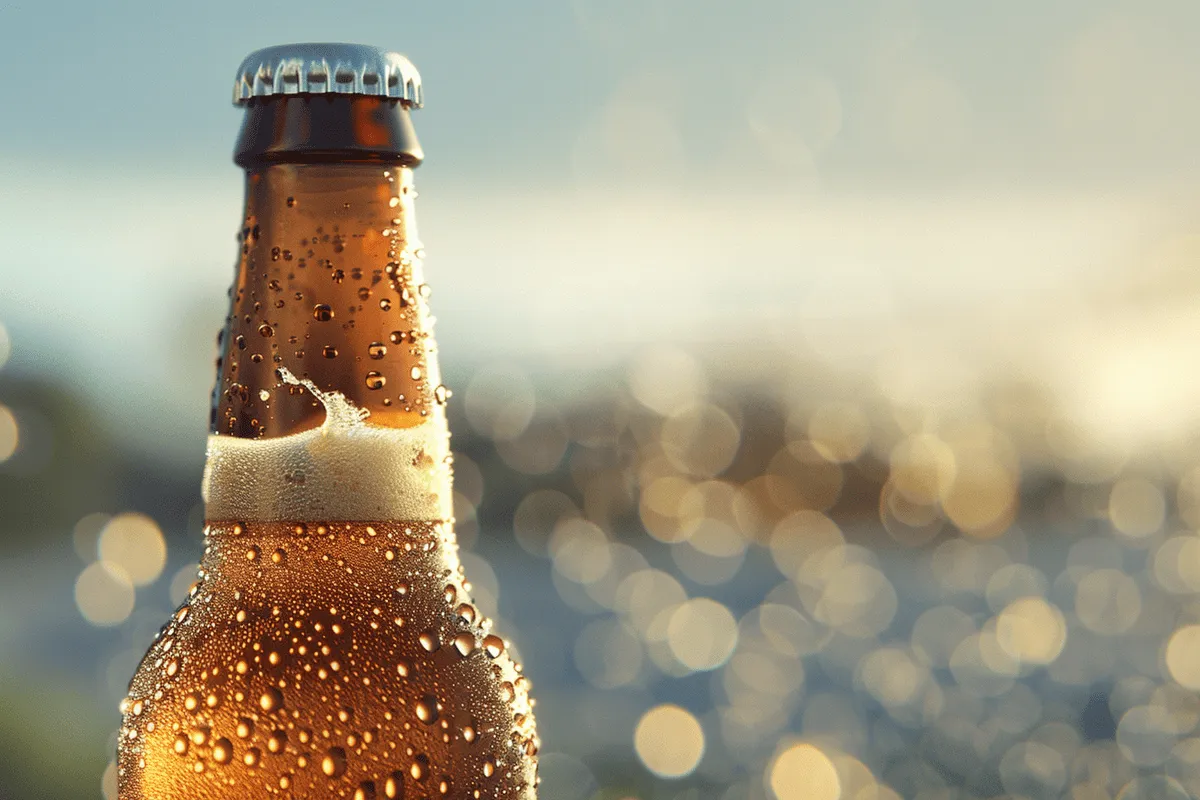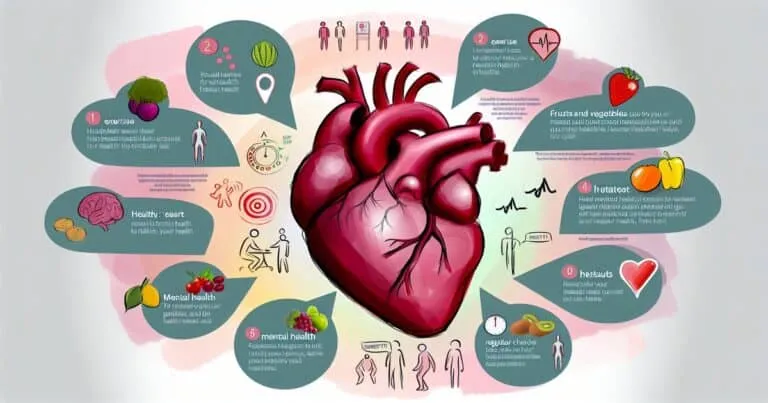10 Alcohol Facts (Surprising Truths and Myths)
Alcohol has been a part of human culture for centuries, weaving its way through countless traditions and celebrations.
From the surprising origins of your favorite drinks to the bizarre laws that govern their consumption, alcohol’s story is as intoxicating as its effects.
But it’s not just about history or legal quirks; the science behind how alcohol interacts with our bodies can be equally fascinating.
It reveals insights into both pleasure and risk.
So whether you’re a casual sipper or a connoisseur, there’s always something new to learn about this age-old beverage.
Ready to dive into some mind-boggling tidbits?
Keep scrolling down for reviews of our top picks that will quench your thirst for knowledge.

1. Alcohol is a depressant, not a stimulant
Many people think drinking alcohol makes them more lively or active.
But in reality, alcohol slows down how your brain works. It makes it harder for you to react quickly.
When you drink, you might notice that you’re not as shy or nervous. That’s because alcohol lowers your inhibitions, making you feel more relaxed or daring than usual.
Here’s what happens:
- Your brain function slows down.
- You can’t react as fast as normal.
- You feel less worried about things that usually bother you.
These changes happen because alcohol affects the central nervous system. It acts like other depressant drugs but is often used socially without thinking of it as a drug.
If someone drinks too much over time, they might need help to stop because their body gets used to having the drug.
There are interventions and support groups available for those who find themselves in this situation.
Remember: Even though it might seem like alcohol is giving you a boost at first, its real effect is quite the opposite.
It’s important to understand how it truly impacts your mind and body.
2. The “proof” of an alcoholic beverage is twice its alcohol content
When you hear someone talk about a drink being 100 proof, what they mean is that it has 50% alcohol by volume.
This way of measuring the strength of alcohol comes from a tradition that started in 16th-century England.
Back then, proving the amount of alcohol was important for taxes and safety. A higher proof meant a stronger drink.
So, if you’re looking at two bottles and one says 80 proof while the other says 100 proof, the second bottle contains more alcohol.
This method gives us a quick truth about how much punch our drinks pack on any single occasion:
- 80 Proof means there’s 40% alcohol.
- 100 Proof tells us there’s 50% alcohol.
Understanding this can help when choosing drinks responsibly.
Knowing the proof helps in estimating how strong your drink will be before taking that first sip.
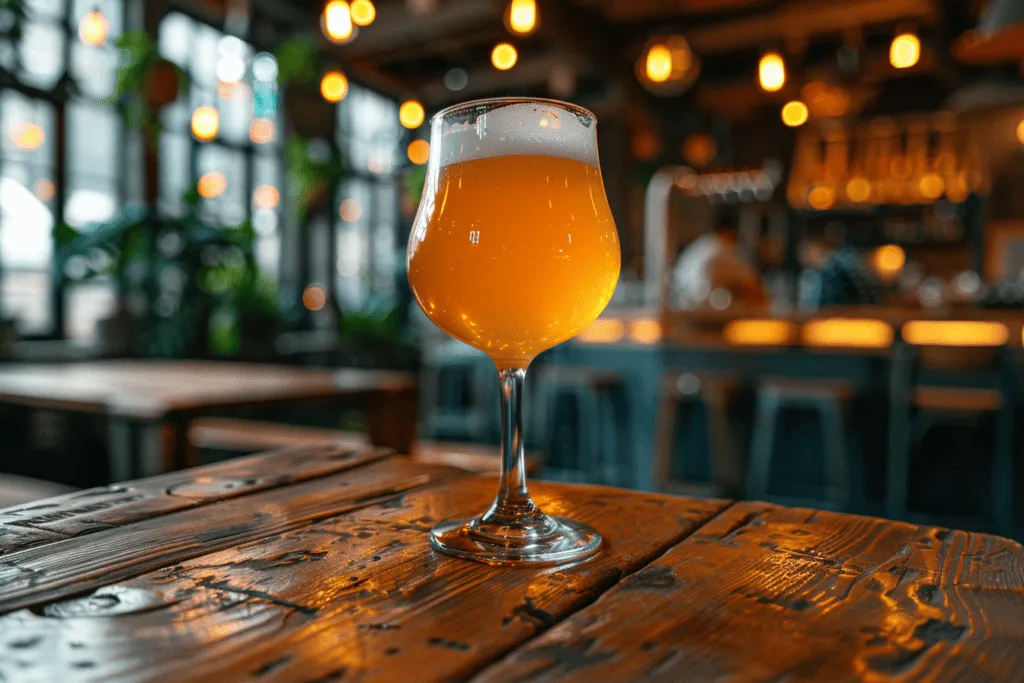
3. The body metabolizes alcohol at a constant rate
Your body has its own pace for dealing with alcohol, and it sticks to about one standard drink per hour. This process mainly happens in your liver, the powerhouse.
No matter how much water or coffee you drink, you can’t rush this natural speed.
Your liver works hard but follows its own rhythm, ensuring that the alcohol level in your system decreases steadily over time.
It’s vital to remember that heavy drinking puts extra pressure on your liver. Overloading this organ can lead to serious health issues down the line.
Keeping an eye on your intake is not just about avoiding a hangover; it’s about keeping your heart and entire body healthy.
Pregnancy introduces another critical reason to monitor alcohol consumption closely.
For expecting mothers, any level of alcohol can increase risks during pregnancy, affecting both mother and child.
4. Alcohol doesn’t actually kill brain cells
Alcohol has a notorious reputation for being bad for the brain. However, it’s a myth that it kills brain cells directly. Instead, alcohol temporarily impairs brain function.
When you drink, your ability to think clearly and make good decisions might take a hit for a while.
One of the ways alcohol affects the brain is by damaging dendrites. These are parts of neurons (brain cells) that help them communicate with each other.
Imagine dendrites as tree branches reaching out to pass messages between neurons. Alcohol can trim these branches, making it harder for your brain cells to talk to each other.
Over time, if someone drinks too much alcohol regularly, their brain can start to change in structure.
This isn’t about losing brain cells but more about how these cells and their connections get weaker or alter in shape and function.
Here are some quick points:
- Drinking doesn’t kill brain cells outright.
- It damages dendrites which affects neuron communication.
- Long-term heavy drinking can lead to changes in the structure of the brain.
It’s important not just to focus on immediate effects like feeling tipsy but also consider long-term impacts on our brains’ health and functionality.
5. Red wine has health benefits in moderation
Red wine is more than just a dinner companion. It’s packed with antioxidants, like resveratrol, which can do wonders for your body.
One of the key benefits of red wine is its potential to lower heart disease risk.
This comes from its ability to improve cholesterol levels and blood sugar regulation when consumed in small amounts.
But what does “in moderation” mean? For women, it’s about one glass per day, and for men, up to two glasses.
Sticking within these limits can help you reap the health benefits without facing the downsides.
It’s important to understand that while red wine can contribute positively to your health, overindulgence leads down a slippery slope towards various health problems including noncommunicable diseases and injuries related to excessive alcohol use.
The relationship between red wine and health isn’t black and white; it’s all about balance.
Drinking too much can negate any positive effects and increase risks instead of lowering them.
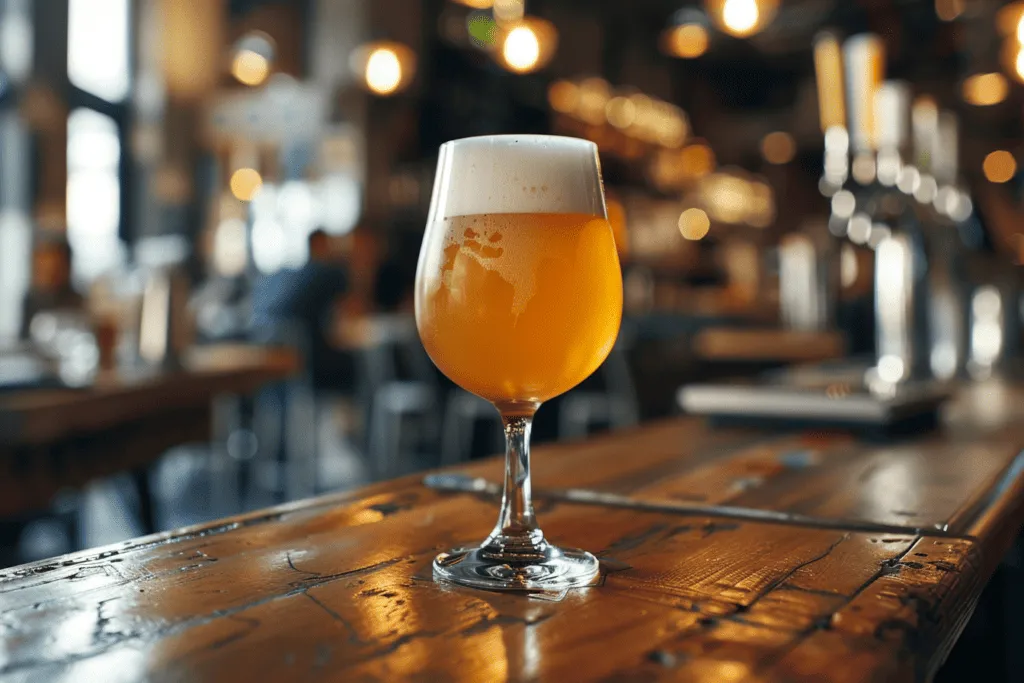
6. The world’s oldest known recipe is for beer
Imagine cracking open a cold one that dates back to 3400 B.C.! That’s right, the earliest recorded recipe in human history isn’t for some fancy royal dish but for good old beer.
Found in Mesopotamia, now modern-day Iraq and Iran, this ancient brew was more than just a drink; it was a dietary staple.
These instructions were etched onto clay tablets, showcasing the importance of beer in ancient societies.
But why was beer so important?
Well, back then, clean water wasn’t always easy to come by. Beer provided a safer alternative because the brewing process killed off harmful organisms.
Moreover, everyone enjoyed it – from hardworking farmers to powerful pharaohs.
It wasn’t uncommon to see people sipping on beer as part of their daily meals. In fact, workers involved in building the Great Pyramids of Giza were often paid with jugs of beer!
This historical tidbit not only highlights humanity’s long-standing love affair with alcohol but also emphasizes how integral it has been throughout civilization.
From being used as currency to fostering social bonds at communal gatherings – beer has done it all.
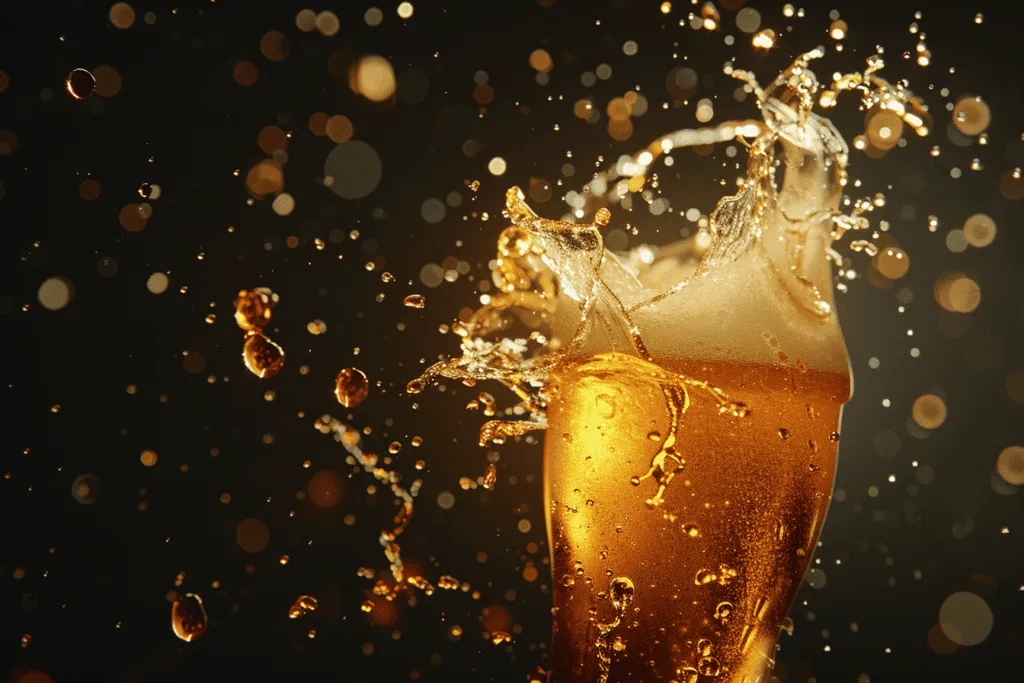
7. Alcohol can be made from almost any sugar source
The magic behind alcohol production is fermentation. This process turns sugar into alcohol and carbon dioxide (CO2).
But, where does this sugar come from?
It’s fascinating to know that a variety of sources such as grains, fruits, and honey are used.
- Grains like barley, wheat, and corn are staples in beer and whiskey making.
- Fruits, especially grapes for wine and apples for cider, bring natural sweetness.
- Honey is the star in mead production.
Each of these sources contains sugars which yeast consumes during fermentation.
The type of sugar plays a crucial role not just in producing pure alcohol but also in defining the drink’s flavor profile.
For instance:
- Grains often contribute to a robust and earthy taste.
- Fruits add a refreshing sweetness or tartness.
- Honey offers rich floral notes.
This diversity allows brewers and distillers to experiment with different ingredients to create unique beverages.
Moreover, using various sugar sources supports local agriculture by providing another road for farmers’ produce to reach consumers.
8. Vodka is the world’s most popular spirit
Vodka finds its roots in Eastern Europe, a place where it has been celebrated for centuries.
This clear spirit started its journey from humble beginnings and now enjoys global fame.
Traditionally, vodka was made either from potatoes or grains. These ingredients undergo fermentation and then distillation, a process that purifies the liquid to create vodka’s signature smoothness.
One of the reasons vodka stands out in the crowded world of spirits is its versatility in cocktails.
Whether it’s a classic Martini or a more modern concoction like the Cosmopolitan, vodka provides a neutral base that lets other ingredients shine.
In bars across the United States and indeed around the globe, people often choose vodka for its clean taste and mixability.
It’s no surprise that it sits at the top as the most beloved spirit worldwide.
9. The term “spirits” comes from alchemy
Alchemists were the early scientists who played with all sorts of materials to find out how they worked.
One thing they did was heat up liquids until they turned into gas and then cooled them back down to make a liquid again. This process is called distillation.
They believed that when they distilled something, like wine or beer, it released the “spirit” of the liquid.
They thought this spirit was the pure essence or soul of whatever they were distilling.
This idea started around the 12th century. That’s a long time ago!
Since then, people have used the term “spirits” to talk about drinks that are made through distillation. These drinks have more alcohol in them than beer or wine usually do.
So, when you hear someone talking about spirits today, they mean drinks like vodka, rum, whiskey, and gin.
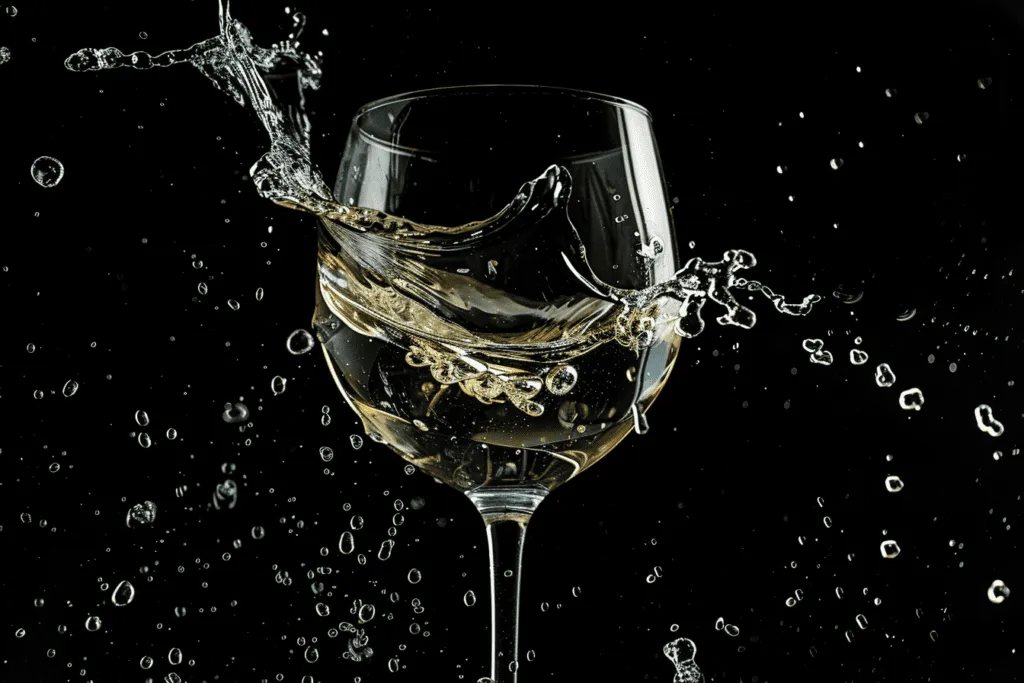
10. Different types of alcohol affect your mood differently
The way alcohol impacts our emotions isn’t just about what we drink, but also how it’s made and the situation we’re in when drinking.
The chemical makeup of different alcoholic beverages can trigger diverse emotional responses.
For example, wine is often associated with relaxation. Its components may help calm the mind, making it a popular choice for unwinding after a long day.
On the other hand, spirits like vodka or whiskey could either energize you or make some people feel more aggressive.
But there’s more to it than just chemistry. Our expectations and the social setting play huge roles as well.
Drinking champagne at a celebration might make us feel happier because we associate it with joyous occasions.
Here are some ways these factors come into play:
- Chemical composition: Certain types of alcohol contain ingredients that can directly influence our mood levels.
- Context: Where and why you’re drinking matters a lot. A beer at a barbecue feels different from shots at a club.
- Expectations: If you think tequila makes you party harder, there’s a good chance it will – because you believe so.
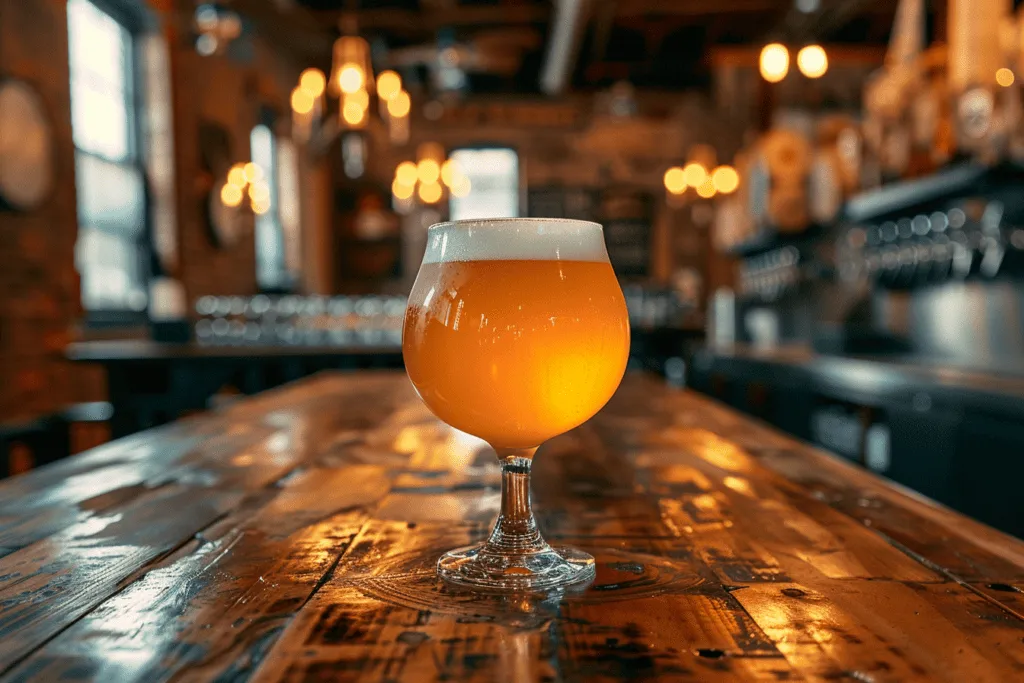
Frequently Asked Questions
Is alcohol a stimulant or depressant?
Alcohol is actually a depressant. It slows down your brain, making you feel more relaxed at first, but it can also lower your mood and energy levels over time.
What does the “proof” of an alcoholic beverage mean?
The “proof” of an alcoholic drink is simply twice its alcohol content percentage. So, if a bottle says 80 proof, it’s 40% alcohol by volume.
How fast does the body metabolize alcohol?
Your body breaks down alcohol at a constant rate, roughly one standard drink per hour. No speeding this up—your liver sets the pace!
Does drinking alcohol kill brain cells?
Nope! Alcohol doesn’t actually kill brain cells. But heavy drinking can damage your brain over time by disrupting communication pathways.
Can red wine be good for you?
In moderation, yes! Red wine has antioxidants that may offer some health benefits like heart health improvement. But remember, moderation is key.
What’s special about beer in history?
Beer holds the title for the world’s oldest known recipe. Imagine ancient folks chilling with their brews just like we do!
Can any sugar source be used to make alcohol?
Yes indeed! Almost any source of sugar can ferment into alcohol given the right conditions and yeast to kickstart the process.
Why is vodka so popular worldwide?
Vodka takes the crown as the world’s most popular spirit thanks to its versatility in cocktails and its relatively neutral flavor profile.
Where does the term “spirits” come from?
The term “spirits” comes from alchemy, where it referred to the pure essence of a liquid that was released through distillation. This idea started around the 12th century.
Do different types of alcohol affect your mood differently?
Yes, they do. The chemical makeup of different alcoholic beverages can trigger diverse emotional responses.
For example, wine is often associated with relaxation. Its components may help calm the mind, making it a popular choice for unwinding after a long day.
On the other hand, spirits like vodka or whiskey could either energize you or make some people feel more aggressive.
Where does the term “spirits” come from?
“Spirits” comes from alchemy. Alchemists believed that distillation released the “spirit” of a substance. Pretty mystical stuff!
Do different alcohols really affect your mood differently?
Absolutely! The context often plays a big role. Different types of drinks might influence your mood in unique ways because of their ingredients and effects on your body.

